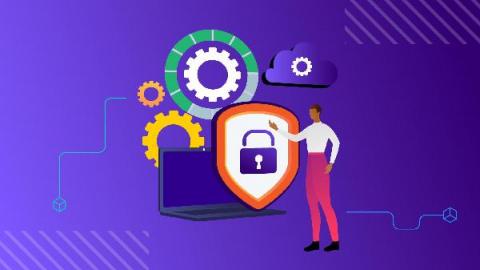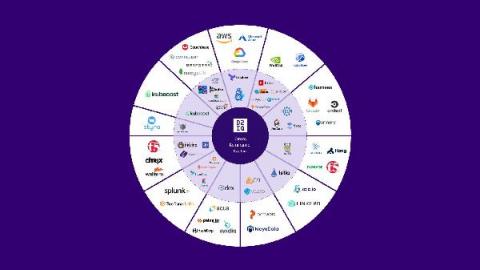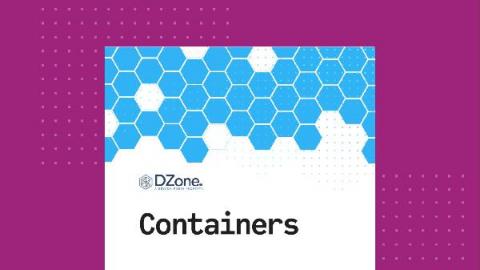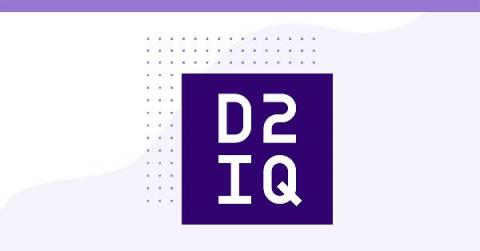D2iQ Kaptain 1.0 Gets a Promotion to 1.1
We are pleased to announce the general availability of D2iQ Kaptain 1.1, the new version of our end-to-end platform for Machine Learning on Kubernetes. D2iQ Kaptain 1.1 builds on the Four Awesome Things from Kaptain 1.0.






